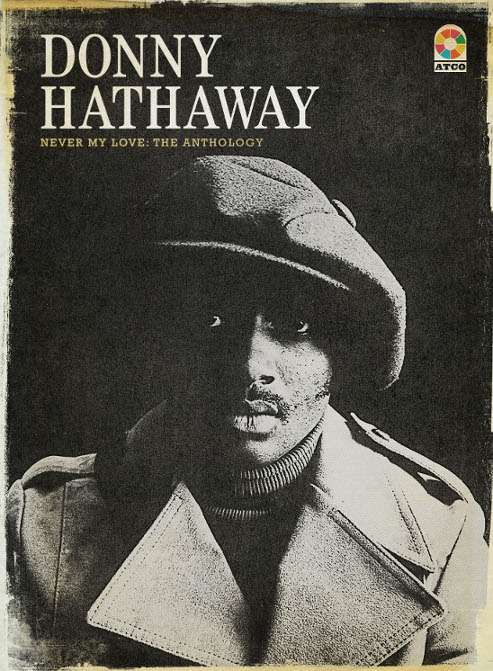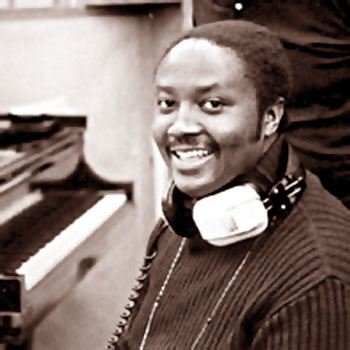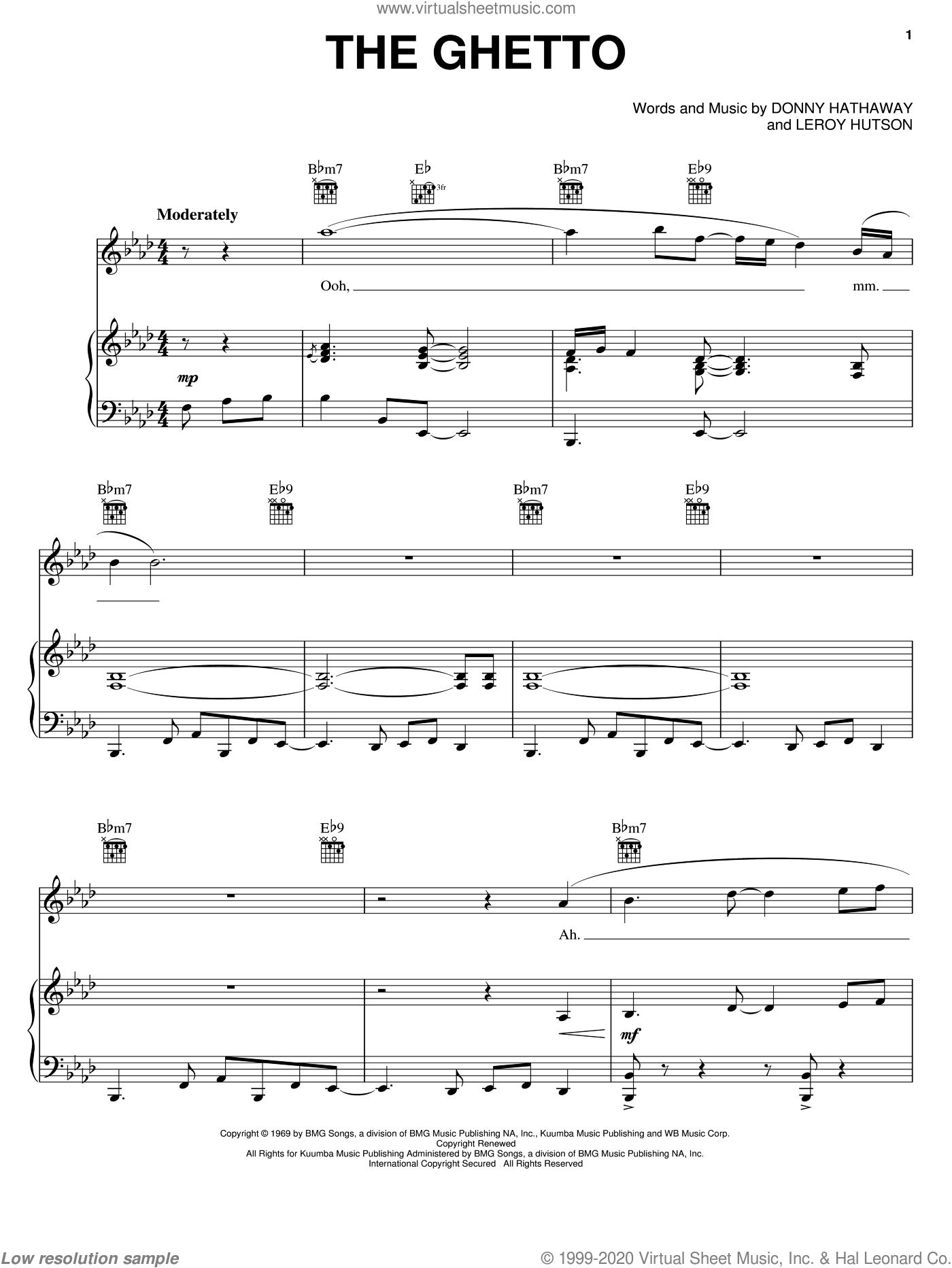'The Closer I Get To You' MIDI File Backing Track. The Closer I Get To You is a song recorded by Grammy Award winning soul artist, Roberta Flack of The United States. The Closer I Get To You was composed by LUCAS R/MTUME J. This is a professional MIDI File production with karaoke lyrics, compatible with GM, GS and XG devices. All I Want For Christmas (Is My Two Front Teeth) (Christmas Carols) - download. Donny Hathaway - 'The Ghetto'. Brand new site with 1600+ Professional MIDI files, all with demos! Now accepting PayPal! Budget rates for Special Orders!
Isolated-tracks.com — Professional multitracks / stems library
Techical background. Kinds of backing tracks
Well, in the meantime, let’s discuss a little more about which benefits multitracks give to us and why the project is conceived. In the article given, we'll run through some technical subjects, which sometimes stay uncertain or misunderstood. We'd also like to share our experience and to talk a few words about our vision and approach.
Let's reflect a little bit more about where all phonograms are even coming from and what kinds of backing tracks are there?
The No. 1! Original studio stems
At first, original multitracks.
You can find some original stems shared by songs' authors themselves. Many artists and groups purposefully publish their most technically difficult, commercially successful, or just very popular songs in the multitrack format. It's the way to get more respect in the professional industry, among other musicians and sound engineers. For instance, such multitracks could be used by people interesting the art of mixing, other musicians or DJs.
It's a very useful experience to learn multitracks of the greatest hits! Let's say, original studio multitracks of Michael Jackson, Freddy Mercury, Deep Purple or any other. Studio-stems are raw sources, as a rule. Yes, you have physical files, but you don't have appropriate hardware mounted in racks, mixer console as used during record and many other things. To make a good mix is a complex task, it's a creative act. That's why it's very difficult to recover all the palette of the original mix even in you have an original multitrack!
No. 2: Original stereo backing track
The next kind of phonograms are stereo-mixes of original songs without vocal.
Such tracks, as a rule, are shared by authors or their assistants. The original phonogram has only a few differences from the original multitrack. The difference is that all instruments are bounced in a stereo-track.
You don't have to make an effort to create a great final mix, like in the case with another kinds of backing tracks, but you don't have a technical opportunity to extract something from the mix finalized. We can say that the original backing track is closed for transformation. One bad move can destroy a whole mixdown! Sometimes there could be a few different versions of the original phonogram: with or without backing vocal. To find such a recording is a piece of good luck!

No. 3: Popular, but not flexible
The next variety of backing tracks is karaoke. It could be a video-karaoke or karaoke in mp3-format. It can contain lyrics of the song as subtitles.
The format is the most common and the most popular. There're many different vendors of karaoke. Professional musicians and engineers are participants of their teams. They make a huge quantity of content for them. If some song becomes popular you'll be able to find karaoke-version of it very soon! But what if it's not very popular?
Karaoke has one big advantage over other formats - it's very simple for end-users and users not having any experience at all are able to use it. Push a magic button and enjoy! But what if we want to edit or customize something in the backing track?
No. 4: MIDI-format. Too many dependencies.

Another interesting format is MIDI-karaoke. You can try to look for MIDI files of popular compositions in open sources. Midi-format does not contain any information about the timbre of sound played. Midi-files consists of events (such as Note On, Note Off, Aftertouch etc). MIDI is an interface and it has been originally designed to store and transfer commands, such as when and how loud key is pressed, MIDI does not contain any complex phicysal characteristics of real-word's sounds. MIDI supposes that you use so called software-hardware complex. Playing MIDI, hardware of sotware synth uses its embedded timbres to produce sounds. You're limited by quality or a number of timbers of your synth. MIDI is strictly depends on the hardware where it was created. If you ever changed your synth, there's no warranty that you'll get a great sound on your new synth with you old midi-sources!

You can try to open an existing midi-source in a sequencer (such as Cubase, Fruity Loops, Pro Tools or any other), install all VST-instruments required, and only after then you'll get some meaningful result. But note that fact that MIDI, even if it’s available, might be not of a good quality; the lion’s share of MIDI files is produced by enthusiasts with very low level of knowledge and undeveloped hearing. It will be very difficult for an unprepared musician to reach the similar sounding without the complex of this equipment (well, it’s the most difficult task that may be made up at the turn of music and technology). So, MIDI provides to you lots of opportunities to make a custom mix, but you have to be technically advanced enough to do it. Even if you're experienced already, customization with midi-sources takes a time, and it's a problem!

No. 5 & 6: Cutting and voice removal. I believe in miracles!
The next two heroes of our story are such backing tracks created by cutting of original songs or produced with the help of existing voice removal tools. In the case of cutting, there're no difficulties it this thing. Open any editor (Audacity, Sound Forge, Abobe Audition), select any fragment of an original song without voice and copy it again and again. But problem is that the song's arrangements are very sophisticated sometimes and you'll not be able to find a good piece to copy-paste a bridge, for instance. That is where the work of voice-removal and voice-reduction instruments.
Let's look at what's happening with the sound when we apply voice-removal, why is this so ugly and your ears go numb when you listen to such phonograms.
Voice removal tools make a new copy of an original mix where the vocal is looking like deleted with the help of phase inversion. It’s not a secret that sound producers prefer to place the main vocal in the center of stereo panoramas traditionally (by the way, the most famous violators of this rule were the Beatles). That’s why if to divide stereo track of any song into 2 independent mono tracks, turn over a phase of one of these mono tracks and put it back into the initial stereo track, the level of the main vocal will decrease significantly, it will be practically deleted. Practically, yes. In fact, it’s not so simple. Not only lead singer's signal is destroyed this way! Not only the main vocal but also other instruments are located in the center of stereo pan. These important instruments include bass and kick. While we increasing the level of phase inversion, distortions will appear inevitably and be noticeable by ear. Bass and kick will suffer first (it causes psychoacoustic factors). Strictly speaking, 99 percent of sounding instruments are presented in the center one way or another, and the whole phonogram will suffer. It’s worth considering that a vocal part is not only a dry voice but spatial effects applied to it (such as reverb or delay). This is a lion's share of a good commercial mix. In a modern digital epoch, these effects are simple to use and almost don’t cost anything. Let's take to account that delays and revs occupy all width of the stereo base and fly away all over the stereo panorama. Their sounding merges with all the rest instruments, and the so-called masking effect acts. By turning the phase over, you can damp vocal but couldn’t delete ends left from its proceeding. Even if you decide on making it, you will have to delete all music, leaving just the stereo panorama periphery, its leftmost and rightmost points. That's why phonograms got by the voice-removal method have unpleasant characteristic artifacts and overtones, being easily differentiated while hearing and not disposing of high sound quality. For those, who still want to experiment with vocal deletion, we have a fully automated online tool. You can try in by this link. Download any file in mp3 format and receive a result in the form of the link for downloading!
Where is the truth?!
Folks! Seriously?! Seemingly... it's the 21st century, we have a digital sound, technical progress, AI, LHC, NASA, but an ordinary musician still stay restricted. The reason is not in that scientists do not think about musicians, the reason is that the music has a very complex physical and psychological nature, perception of music is grounded on some psychoacoustic phenomena, and all these things are interwoven into our concept, and poorly formalized. It makes music hardly preparable even with the most advanced existing technologies! We can say that we're only in the beginning.
So, let's make interim conclusions of our discourse. Voice removal tools are simple, but they work as uglyfiers, with a huge loose of quality. Karaoke is commonly accessible but not flexible. MIDI-karaoke format (*.mid and *.kar are the same) is very flexible, but it requires synthetic knowledge of music and audio production tools, time, and equipment.
Donny Hathaway Midi Files Online

Donny Hathaway Midi Files Free
What should we do? Would you like to record all parts yourself? Do you play all the instruments well? Do you have backing vocals or you sing well? Is your hearing good enough to transcribe all parts exactly? Do you have a lot of time to do all this? But what if you have a busy schedule, and tomorrow you need, let's say twenty new backing tracks? All that can only lead to one conclusion. Let us finally say to you this magic word...